What Is a Card Reader & How to Use It?
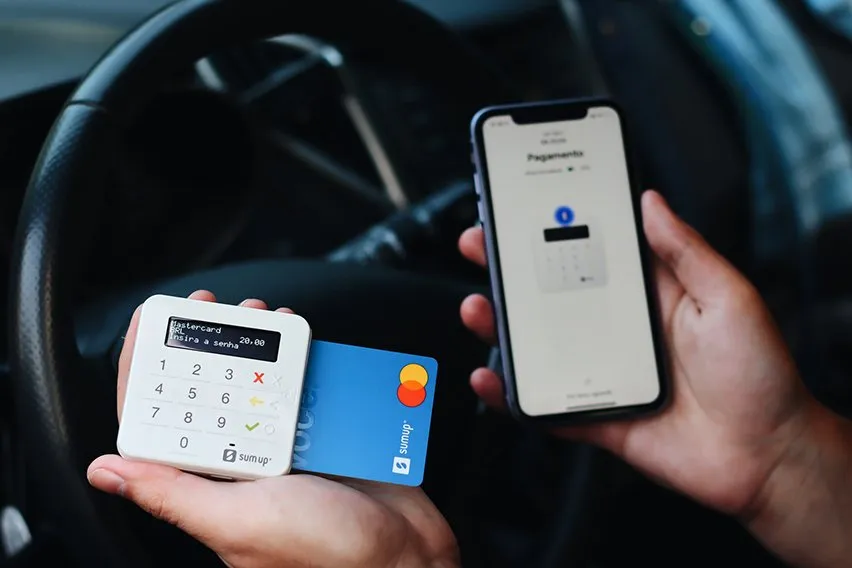
Electronic payments have become the world’s primary way to purchase goods or services. People use debit cards, credit cards, and contactless payments constantly. As such, one of the most often used pieces of technology for any business is the card reader. But what exactly is a card reader? What does it work and how is it used? If you’re looking to add a card reader to your small business tools, keep reading to learn everything you need to know!
Here’s What We’ll Cover:
What Is a Card Reader?
The term ‘card reader’ refers to the technology that businesses use to obtain card details for financial transactions. They often work with credit cards and debit cards, but recently have begun to become more complex. With the development of chip cards, a card slot was added in addition to the magnetic swipe portion. Contactless payments have also become more popular. People are using their phones to pay with digital forms of the cards that they once carried. The old credit card reader is being phased out in favour of the modern card reader. While card reader devices were once scarce, they’ve become primary forms of payment in most stores.

Why Did Card Readers Become Popular?
The main benefit that modern card readers have over any other form of payment is their speed. With card readers, the speed of transactions has increased dramatically. This makes paying for goods and services far more convenient. Without them, merchants wouldn’t be able to accept credit and debit payments, as well as electronic payments.
How Does it Work?
To explain how these pieces of technology work, first you must understand how the cards work. Originally, only magnetic stripe cards were available. Now, though, electronic chip cards are available as well. Payment cards today hold a large amount of information on them. This information is present on the card, but it is also held within the chip or the magnetic stripe. This information includes:
- The cardholder’s full name, first and last
- Their account number
- The card expiration date
- The validation code
The information is able to be collected quickly by the reader. It is then transmitted to other parties in the credit card networks or the payment network. This allows authorization to be obtained, and for transactions to take place.
The Steps to Authorizing Transactions With a Credit Card Reader
Here is a basic explanation as to how credit card readers transmit information within payment networks.
- The method of payment is swiped, inserted, or scanned by the customer using the reader
- Information is collected and transmitted to the correct party using an internet connection
- The issuing bank or institution receives the request and determines if the customer has sufficient funds
- Banks will determine if their account balance is high enough
- Credit card companies will review if the credit limit has been reached
- The card issuer also determines if the card is eligible for use (if it’s active or inactive due to fraud)
- If no issues are found, the card issuer sends an authorization code to the point of sale (POS) to allow the transaction to move forward
Although the process is complex, the internet and electronic communications allow this to take place in seconds. In the past, though, all credit information was collected manually. This process took much longer than today’s system. However, should electronic systems fail, manual collection of information is still possible.

What Are the Benefits of Card Readers?
Compared to the analogue process, modern credit card readers come with a plethora of benefits. The biggest benefit, however, has to be the speed that transactions take place. This allows for convenience for customers and banks.
As technology has developed, point of sales systems have even become completely mobile. There are card readers that work with smartphones, allowing electronic payments to take place anywhere. There are also entire payment networks that are solely electronic. Companies like PayPal have combined the concept of the card reader with the internet. This allows online marketplaces to thrive and grow without the need for physical card readers. It’s expected that as we grow, smart cards will also be developed, allowing you to take your bank account with you on the go.
Key Takeaways
Card readers are a part of our everyday lives at this point. They allow us to make quick transactions anywhere that there’s an internet connection. While the process is complex, it only takes a matter of seconds to swipe a card and make a purchase today. This makes business easy and allows you to accept payments wherever you are. If you want more articles like this one, head on over to our resource hub. We have plenty more just like it!
RELATED ARTICLES

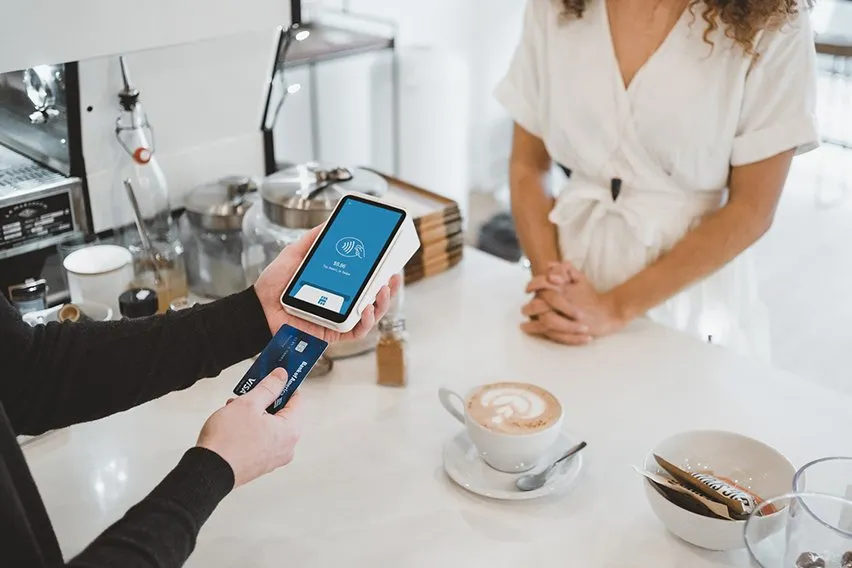 What Is a Payment Reference Number?
What Is a Payment Reference Number?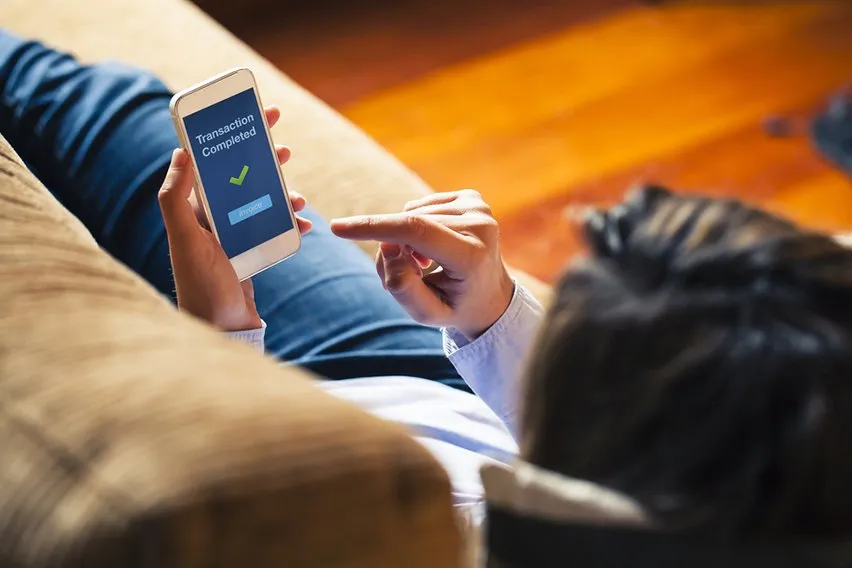 What Is a Bank Transfer? Everything You Need to Know
What Is a Bank Transfer? Everything You Need to Know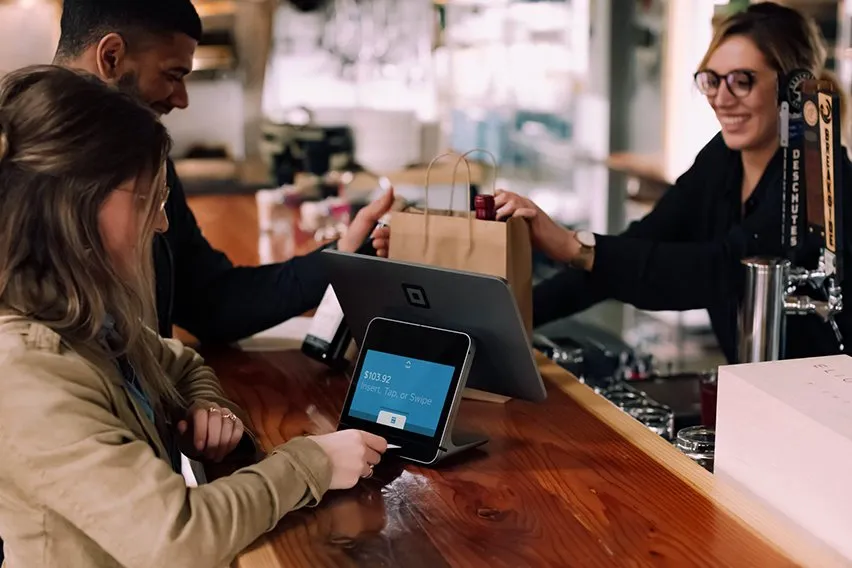 What Is a Payment Service Provider (PSP) & How Do They Work?
What Is a Payment Service Provider (PSP) & How Do They Work?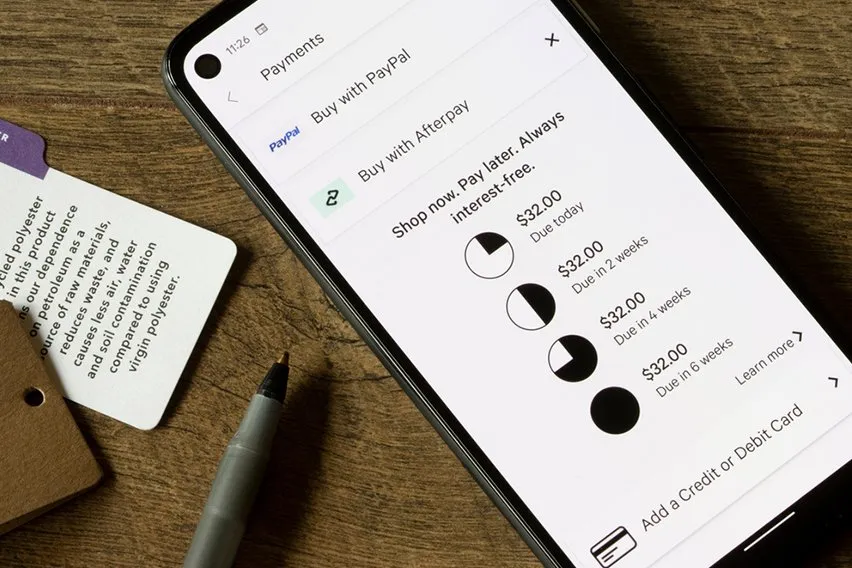 How to Cancel PayPal Payments That I’ve Already Sent?
How to Cancel PayPal Payments That I’ve Already Sent?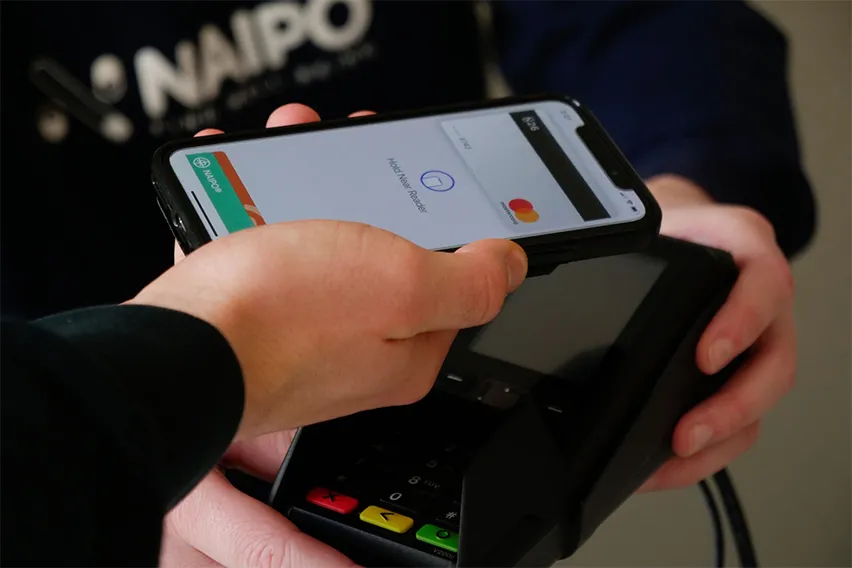 What Is 3D Secure? A Complete Guide
What Is 3D Secure? A Complete Guide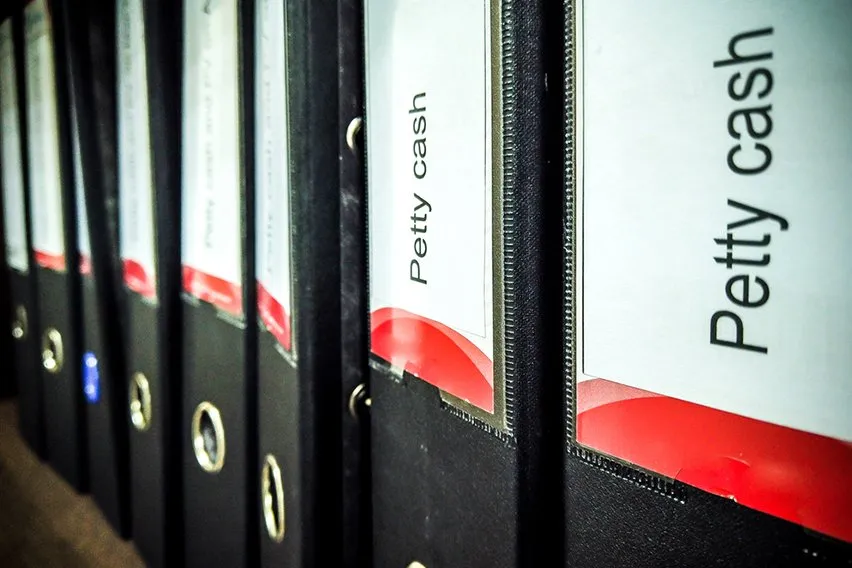 What Is Petty Cash & How to Manage It?
What Is Petty Cash & How to Manage It?